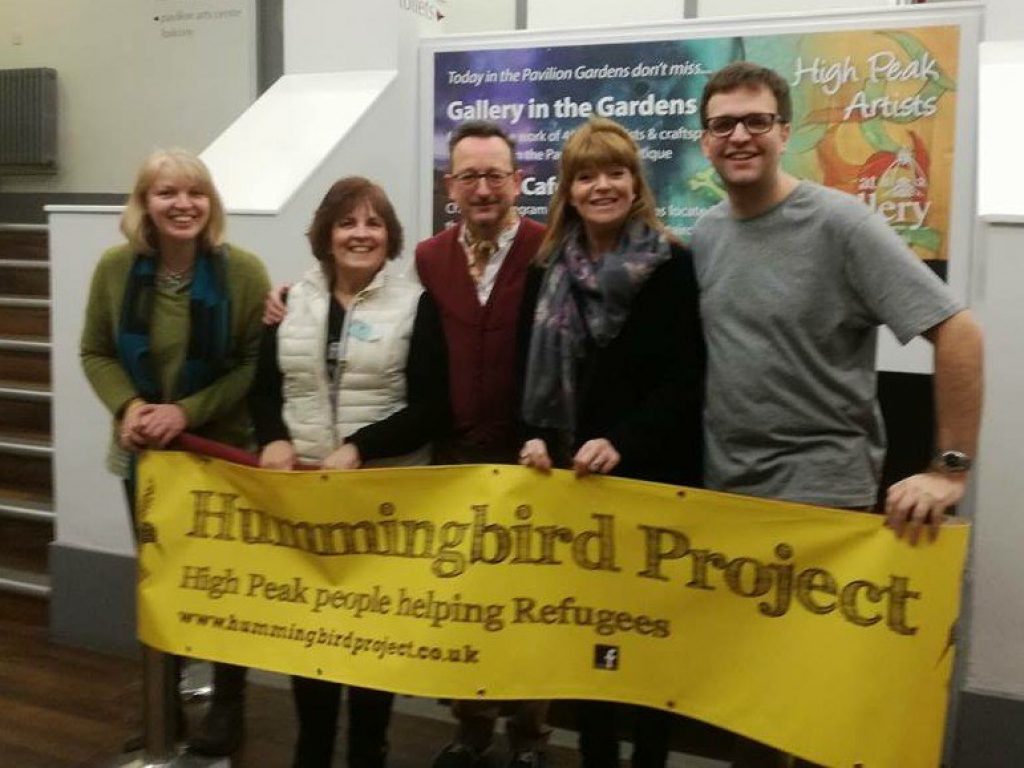What is Parallel Lives?
Think of a town. Your town, maybe. Think of all the people who, at some point, have lived there. Those who’ve come, those who’ve left, and those few whose families have never moved.
What of the people who departed – where did they go, will they return? Think of those who arrived – what roots have they planted? And who will come next?
The world’s oceans have always teemed with humans on the move. Migration sits at the heart of history. And many of those migrants are refugees, forced onto dangerous journeys.
Back in the 1600s, Brick Lane in East London filled with Huguenots escaping France. Later on, those same buildings welcomed Irish escaping famine, then Jews escaping pogroms in Russia. Now the area is mainly Bangladeshi. And what was once a church, then a synagogue, is now a mosque.
Few places transform so radically as Brick Lane, but every community evolves. Such change is inevitable, which brings a strange consolation – for it frees us from seeing today’s tensions as irresolvable.
Let’s not kid ourselves, these are tense times. Seldom before has British politics been so riven with fear of the outsider. Migration is a defining dilemma of our time – a dilemma in which people cannot help but take sides.
So let’s try and bridge that gap. Let’s take a wider look at our communities. Let’s chart the PARALLEL LIVES of people who have lived here at different times. Let’s see what links, in Norwich, the maid who left for Australia in 1787 with the dentist who arrived from Damascus in 2015. Or what links, in Shrewsbury, the labourer who left for New South Wales in 1817 with the Polish mechanic who settled there after the Second World War.
Maybe, by seeing what we have in common – whether as Britons forced abroad or foreigners driven to these shores – we may fear the future less.

